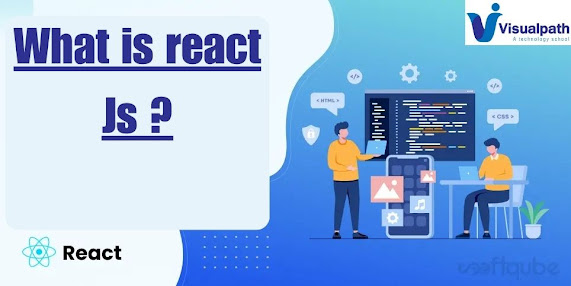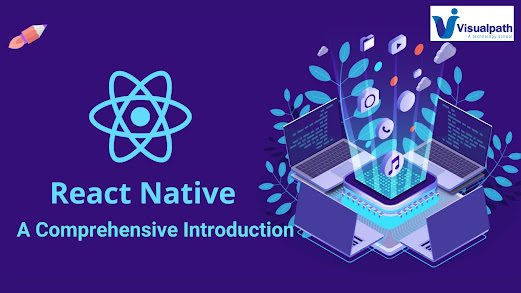Unveiling the Elegance of React JS: A Deep Dive into its Core Concepts
Introduction:
ReactJS, a JavaScript library developed by Facebook, has become a cornerstone in modern web development. Its popularity stems from its ability to create interactive and dynamic user interfaces efficiently. In this article, we will delve into the fundamental concepts that make ReactJS a powerful tool for building web applications. –React JS Training Course
Meaning:
ReactJS, commonly referred to as React, is an open-source JavaScript library used for building user interfaces or UI components, particularly for single-page applications where the user interface needs to be highly dynamic and responsive. Developed and maintained by Facebook, React was first released in 2013. -React JS Training Institute in Hyderabad
The Essence of Components
The fundamental building blocks of ReactJS are the components, constituting the core of its architecture. These are modular, self-contained units that encapsulate a part of the user interface. Whether representing a simple button or an entire page, components are the building blocks of a React application. They promote reusability, maintainability, and a clear separation of concerns.
React components can be functional or class-based. Functional components are concise and often used for presentational purposes, while class components offer additional features such as state and lifecycle methods. This component-based architecture promotes a modular and scalable approach to building web applications. -ReactJS Training
Declarative UI with JSX
React introduces JSX, a syntax extension that allows developers to write HTML-like code within JavaScript files. JSX enhances the readability and conciseness of React components. Under the hood, JSX is transformed into JavaScript objects known as React elements.
This declarative approach simplifies the creation and maintenance of user interfaces. Developers describe what the UI should look like, and React takes care of updating the DOM efficiently.
State and Lifecycle Management
State is a crucial concept in React that enables components to manage and maintain their data. State represents the dynamic aspects of a component, allowing it to respond to user interactions or external events. Class components in React can hold and modify their state, triggering re-rendering when the state changes. -React JS Online Training in Hyderabad
Virtual DOM for Efficient Rendering
React's Virtual DOM is a key optimization that enhances the efficiency of rendering in web applications. Instead of directly operating the browser's DOM, React produces a virtual representation of it in memory. When a change occurs, React compares the virtual DOM with the actual DOM and only updates the necessary parts. This minimizes the impact on performance and provides a smoother user experience.
The Power of Unidirectional Data Flow
React follows a unidirectional data flow, ensuring a clear and predictable data structure within an application. Data flows down from parent components to child components through props, facilitating a more manageable and predictable state management system. -React JS Online Training
Visualpath is the Best Software Online Training Institute in Ameerpet, Hyderabad. Avail complete ReactJS Training In Hyderabad by simply enrolling in our institute.
Attend Free Demo
Call on - +91-9989971070.
Visit https://www.visualpath.in/ReactJs-Training-in-Hyderabad.html




Comments
Post a Comment